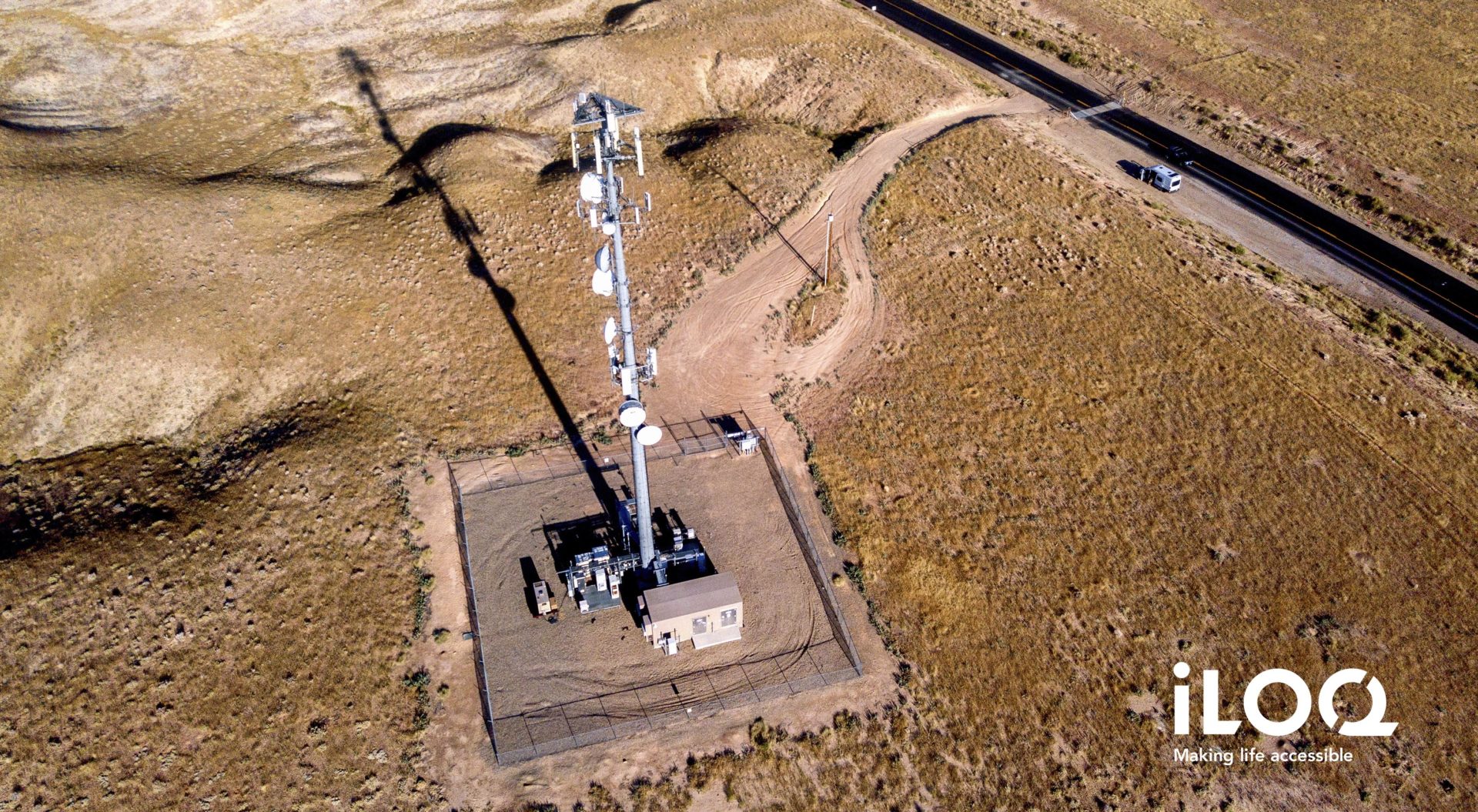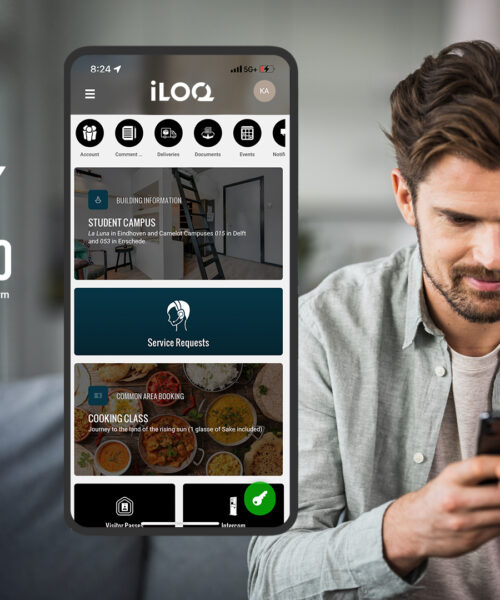All the reasons why you deserve an iLOQ, Part 3: Offline locks with online performance

In 2016, iLOQ introduced a product family that would utilize NFC technology to its full potential.
The iLOQ S50 – with its keyless, NFC-enabled mobile access technology – was the first lock cylinder on the planet to harvest energy for unlocking from a smartphone. By taking keys, batteries, and excess wiring out of the equation, it allows significant lifecycle cost savings. Many day-to-day operational issues facing utilities and the critical infrastructure industry are solved because multiple (and remote) locations can be consolidated under one administration platform. And secure, cloud-based sharing of access rights saves businesses time, money, and resources.
OK, you get the point, there are huge time and cost benefits that come from a battery- and key-free solution. With iLOQ S50, there is also another major benefit that relates to security. By the nature of their operations, utilities and the critical infrastructure industry have a huge number of sites spread out over a wide area. Smooth and efficient access needs to be granted to site and maintenance personnel to ensure our infrastructure stays up and running. But access should only be granted for the right people to the right places at the right time. How can we keep track of those movements and prevent misuse to ensure the safety of the sites themselves and protect the equipment located there?
It’s easy using the audit trail feature where records are kept of who has accessed what site and when. However, there is a big difference between a basic audit trail and a ‘live’ audit trail.
Traditional locking systems are ‘online’ and can provide audit trails because there is a permanent wired connection to the network. In these cases, what happens if there is a network outage? It would mean that the audit trail is now not providing live up-to-date information. This can be critical, because when using layers of security such as Intrusion and IP video in conjunction with an iLOQ solution, it could mean that real-time actionable events, which would normally be sent directly to a first responder, would now not happen. Or access could be compromised, and the event would only make its way into the audit trail at a later time; but, by then, it is too late.
Other systems that have battery-powered keys are ‘offline’. When a key is inserted into the lock, the event is stored in the key until the user manually opens the BLE communication between a phone and the key. After that, the event makes its way to the host. In these cases, the audit trail is not ‘live’. It relies entirely on human activation. Audit trail information is therefore random, inconsistent and, in some cases, non-existent if the user doesn’t pair the key with the lock through their phone.
With no permanent network connection, the iLOQ S50 solution is actually ‘offline’. However, when a mobile phone is held against the lock, the online connection is made using the phone’s NFC functionality. Utility or critical infrastructure administrators never have to worry about network outages as the power to open locks comes from the phone itself. And there will always be a ‘live’ audit trail with up-to-date information of site access.
There are so many ways in which iLOQ is unlocking a world of possibilities for all industries, not just for utilities and critical infrastructure. Keep following our news channel for more great reasons why you deserve an iLOQ.


